|
Let's see, where were we. Continuing our exploration of what trolley buses are, from the previous post~ All other trolley systems in the US have backup motors for dewirements or reroutes, and Metro's new fleet* will as well. But the fact that we have to drive without them now makes Seattle's trolley operators, in my humble estimation, the most skilled. You just can't mess up. The more backup features your vehicle has, the less you have to pay attention. This is one reason why, statistically, expensive luxury vehicles get into so many accidents. They're too safe. So how exactly do these things work? Let's get technical for a moment: You may have noticed from riding trolleys that the operator will often slow down in completely random areas like the middle of intersections, often while a short "beep" sound is heard. Is the driver daydreaming about parking there and walking off to lunch? Is he under the influence? No, he's just being a pro. The poles are passing through switches in the wire, called "special work." Special work is where lanes of wire intersect– the wire for buses on eastbound Pike crossing the wire for buses on northbound Third, for instance. The easiest way to lose poles is by driving too quickly through the special work- slowing down for them actually saves you time. The "beep" noise you hear if you're sitting at the front is the bus passing through a deadspot. For the duration of the time that beep noise is happening, there's no power in the overhead. Just as you can't splice two electrical wires of extension cords together, the sections where live wires intersect need to have "deadspots–" a section of as little as six inches or as much as several feet where one of the lanes of wire is dead, so the other can be live. You can identify the deadspots because they look like big suitcase handles above the wire, as seen below.** You have to slow down for a deadspot, or else you might blow your poles by driving the shoes too quickly through the resistance the subtle changes in surface metal the deadspot provides. But you also can't slow down too much, or else you might come to a stop and subsequently get stuck, now forced into the embarrassing business of having to go out and figure out what to do with the poles.*** Nor can you just power through it with your foot on the floor- that arcs the power, causing the bus to shudder, and will sometime kills your vehicle. Not wise, especially on the steep hills. How does the driver know where a deadspot is? You have to memorize them. Some operators get a feel for the rhythm of the intersections, remembering they need to slow down here or there. I and other drivers take a more fastidious approach. I like having landmarks. I want to know, down to the inch, where each deadspot is. Thus, I'll memorize landmarks for where the front of the bus as we pass through each deadspot. This mailbox, for example, that birch tree, or the "open" sign in the Vietnamese market– right as the front doors pass by those, I hear the beep. Perfect. Only one of the lanes of wire in a crossing of wires has a deadspot. The other remains live. In the planning of the trolley network, the lane of the wire with the live current generally goes to the direction of travel that needs it most in that moment, perhaps because of an incline or a turn. For example, the left turn from southbound Third onto eastbound James, pictured below, has no deadspots, while the northbound wire on Third there does; the turning bus needs the live wire more because he's about to go up an incline. Makes sense (On the other hand, we won't talk about that left turn from Madison onto 15th!). How do buses switch from one lane of wire to another? In Seattle there are two ways of doing this, specific to the way each switch is built. Often you put on your turn signal, and this sends a radio signal to the Fahslabend switch in the wire, causing the metal tracks to shift, as on a railroad. You can hear a metallic "click" when this happens. Many operators drive with their window open so they hear everything going on upstairs and can more easily navigate the wire. It's also easier to wave to your compatriots driving across the street! Atlantic's (the trolley base) drivers are more tightly knit, as we need to work together more intimately then other drivers do. There's also the shared camaraderie of doing what is variously considered the best, hardest, worst, greatest and toughest work. As your poles pass through the switched track, the tracks reset so the next coach passing through isn't also forced onto the wire you chose. This is the case on Jackson westbound when turning onto northbound 4th. If you didn't hear the click, it's time to go out and move the poles.**** 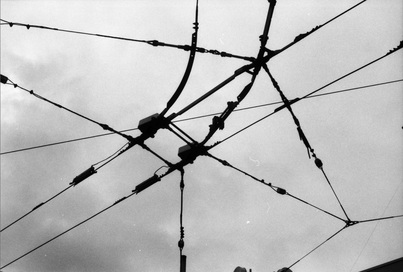 The other type of switch is called a Directional, or Selectric. You're northbound on Third, turning right on Cedar, because you're a 3 or 4. While doing so, your bus will be at a 45-degree angle to the roadway in the middle of the turn, and this angle will cause your poles to trigger two contact points in the wire overhead. At left, the bus's poles would be traveling from lower left upwards; note the two small rectangular strips with tiny wires emanating from them and going to the actual switch. Those are the contact points. Because your bus would be at an angle during the turn, your two poles will touch those contact points (one on each actual wire) simultaneously, the wire will realize you're turning, and you'll hear that metallic click again, right as your bus passes through the switch. Once again, it resets for that route 2 behind you, who wants to go straight up Third without turning.***** All of this might sound baffling or needlessly confusing, but on the road one finds a pleasing rhythm that I consider relaxing. Basically, I love this stuff. There's no engine, so the vehicle doesn't vibrate or rumble. There's just that gentle whir of the motor and accompanying electric hum. In the resulting quiet you hear more– people shuffling or talking, the sounds of life going by inside and out. You can't rush. It's not an express, after all, it's the neighborhood trolley route, picking up and dropping off and cycling that lift like nobody's business. You get into the rhythm of things. I tell people they'll love trolleys if they're a workaholic and really patient. It's possible to go for months without losing poles.****** You find a cadence, memorizing all the deadspots, gently playing with the brake and power, making each ride smoother than the last. Those of you who are stickshift drivers and like driving manually can perhaps sympathize. It takes more thought, but that's part of the fun of it. The system and concepts of trolleys were developed many decades ago, but sometimes you really don't need to fix things that work perfectly. There's no arguing with the fact there isn't a better way of moving a 30-60,000 pound vehicle through Seattle. Trolleys don't have exhaust pipes. They are a zero-emissions vehicle. The electric motors have very few moving parts, and basically last forever. They qualify for fixed-route status and thus receive federal funding. The cost-savings of not having to buy fuel for a vehicle for twenty years is quite literally incalculable. They have more torque and better braking then diesels, are quieter, cleaner, more efficient and last longer. Matters like quietness, air quality, environmental justice, neighborhood character, lower road impacts- these may not be monetarily quantifiable advantages, but they need to be considered as the undeniable and important benefits that they are.******* Aside from their advantages over diesel and hybrid buses, they also surpass streetcars (the latest in politically popular transportation fads) for a number of reasons we would be mindful to remember: they are dramatically cheaper to implement. It's impossible to overstate the price difference– and they offer either comparable or slightly superior results. They are faster than streetcars. Rubber tires have greater traction than steel wheels on steel rails, making braking and the climbing of hills safer. They can maneuver around traffic and blocking incidents where a tram is rigidly forced into a path of travel. We've all been on the South Lake Union Streetcar when a few inches of a car in the way forces it to a standstill. Disabled trolley vehicles can pull off the roadway, whereas a streetcar essentially needs to break down on a side track to avoid blocking. Trolleys can pull to the curb to service zones, eliminating the need to construct islands in the street. Regenerative braking puts electricity back into the grid, conserving power. 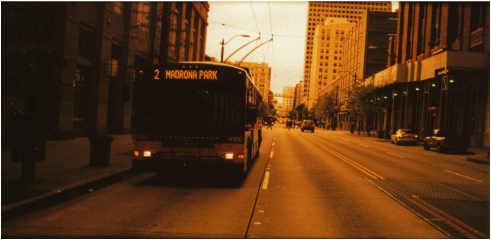 They are the nerve center of Metro's bus system. In a network with 223 routes, the fifteen trolley routes carry over a third of all the ridership. If anything, the wire should be expanded. Most of our trolley routes are old streetcar routes, and the longevity of the corridors continues to make them a predictable and trustworthy option for many. You'll notice how some residential streets are wider than others (12th Avenue on north Beacon Hill, as opposed to 14th; 6th Ave W on Queen Anne); that's because they used to be streetcar lines. There was a time when most non-freeway routes in Seattle were on the wire. The old 15/18, routes in West Seattle... we currently have 55 miles of wire, which is great. But Vancouver has over 300. I look forward with hope to a time when moving closer to such things becomes possible, and commend the officials in place today who have encouraged and allowed the current system to be what it is, and who have the vision to see what its future can be.******** Notes:
*The new trolleys will be purple! You heard it here first! **Except on Broadway. Those new intersections at Pine, Madison, and Jefferson were subcontracted out to a different company for the streetcar construction, and that overhead wasn't built by Metro. You'll notice the wire looks different, is more fragile, moves the lanes of wire out to different widths than everywhere else in the system, and the deadspots are difficult to identify– just a black covering around the copper above the wire. See how the new wire at 3rd & Denny, built by Metro, is sturdier and results in less dewiring. ***Somehow there is almost always a way out of this situation. Usually there's another lane of wire you can use for a few feet. If the road is narrow enough (for those of us who've gotten stuck on that six-inch sectional insulator deadspot at 15th & John in Capitol Hill), you can use the wire on the other side of the street, so long as one pole is on live wire and the other is on grounding wire. ****The "siding wire" (lane of wire you can pull over onto, so other trolleys can pass on the main wire) on both sides of 5th and Jackson is famously insensitive, and often won't recognize your coach. Those are two switches which could use an upgrade; for now, I find if I slow down to a near-stop the wire will hear my plea. The more often a switch is used, the more reliable it is. *****Vancouver has a third type of switch, called a Power-on-Power-off. They use it instead of our Fahslabend turn-signal-activated switches. Up there, coasting through a switch versus powering through one determines if the wire will be triggered to switch your poles. Coaches are equipped with a toggle switch to do this in circumstances where accelerating through a switch would be unreasonable (going down a steep hill, for instance). ******Having said that: some words for new trolley drivers, if I may be so bold. Don't listen to operators who tell you they never lose their poles. Everyone loses poles sometime. Concentrate instead on giving a smooth ride- it is possible, even in a Breda. Learn the rules for weaving on Third, don't power through deadspots, and definitely don't worry about who's behind you. They were as new as you were once, and if they're impatient, that's their problem. Be the gold standard. Also keep in mind that at the end of the day, not hitting cars and trees is more important than staying on the wire! Aside from the wire, with respect to the higher volume of clientele and the grief they will give you: your job is not to be a human being, but a saint. *******Didn't learn enough about trolleys reading his? Check out the 132-page evaluation done by Metro in 2011, which explains in more detail than I can about why that purchasing new trolleys is an advantageous solution for economical, operational, and quality-of-life reasons. ********What's that snazzy new vehicle in the last image? One of Vancouver, B.C.'s 282 New Flyer trolleys, the gold standard for a trolley system, if I may say so.
11 Comments
Sue
6/8/2014 04:14:21 am
I really enjoyed learning about the trolleys. I always enjoy riding them on the hills downtown.
Reply
Nathan
6/11/2014 02:54:36 am
Thank you, Sue! Thanks for reading. It's always a pleasure to share the details of such a unique system. I'm very glad it's in use here.
Reply
One argument for streetcars over ETBs is capacity, but I was in Zurich a few months ago and they have double-articulated ETBs that run on the core trolley routes there at 10 minute headways. The capacity on those corridors certainly rivaled some of their streetcar lines.
Reply
Nathan
6/11/2014 02:59:48 am
Hi Ian,
Reply
I'm kind of just a pro-solution guy. All transport modes are effective when they're done right. Surface rail can be incredibly powerful for mobility when planned and deployed right (i.e. in many European cities). Unfortunately most cities in the US, ourselves included, tend to screw it up with lack of TSP, no dedicated right of way, etc.
Josh
6/9/2014 02:53:58 am
Well-written. Huge fan of the trolley buses. Their torque and reliability served as one of the proofs for electric vehicle capability that I needed to buy an EV, which I've now had for three years.
Reply
Nathan Vass
6/11/2014 03:08:36 am
The 4100 series are kept in service during snow, as they perform really well in it; the traction motor is heavy, and the vehicles are able to grip the road well. As for the 60-foot Breda trolleys, those are indeed taken off during snow, but not because their trolleys; rather because of their generally unreliable performance, especially on inclines. The middle tires of many of them are quite bald, and they can hydroplane when it rains; you can imagine how they are in snow!
Reply
Anna
2/21/2015 12:44:10 am
Awesome! I googled dead spots after hearing the bus driver talk about them last night. It's very cool to find this post. Having it be about Seattle is a bonus:). Love the pictures.
Reply
Nathan
2/24/2015 01:51:15 am
Anna,
Reply
8/29/2017 07:15:36 pm
We met once in 2012 and agreed we should write books to convey our perspectives. You're doing it the best way: online!! Hat's off!
Reply
Nathan
8/31/2017 11:16:04 am
Briana B!!
Reply
Leave a Reply. |
Nathan
Archives
July 2024
Categories |
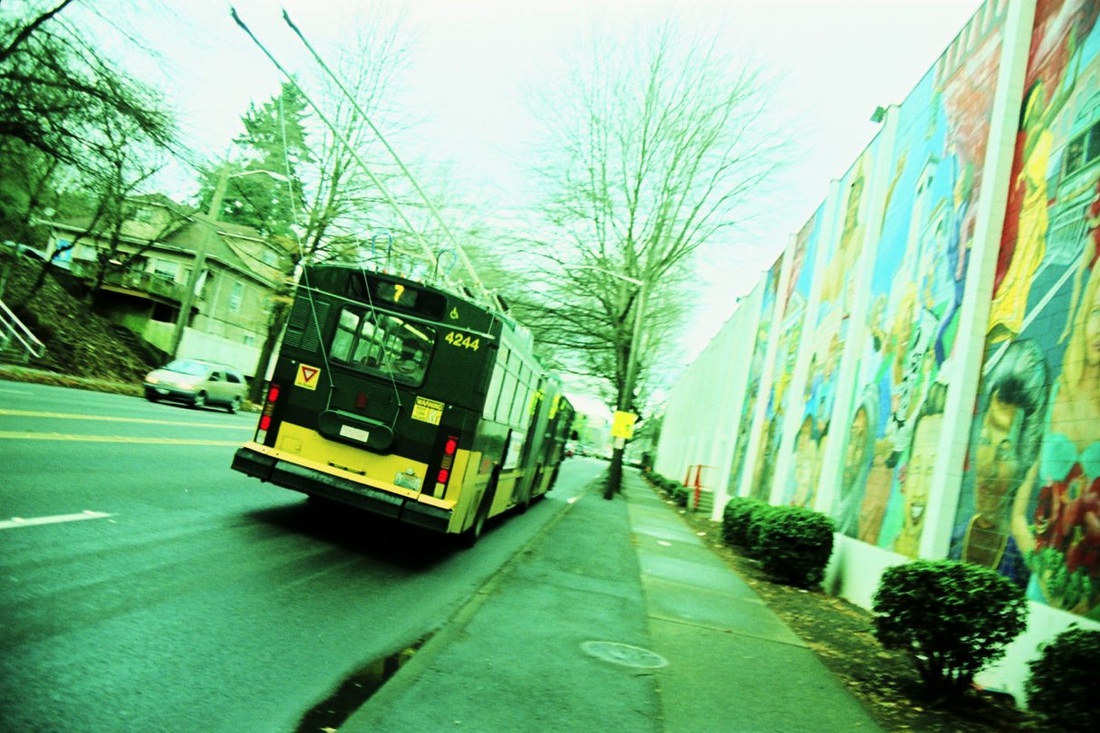
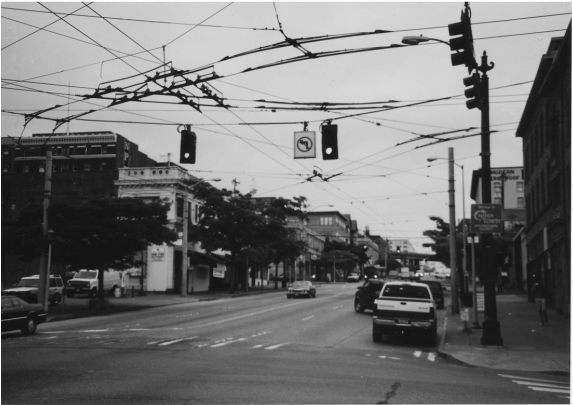
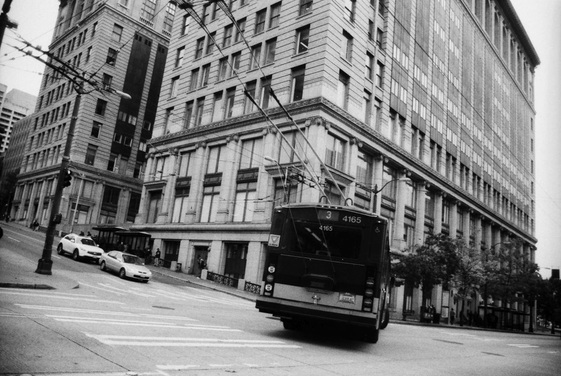
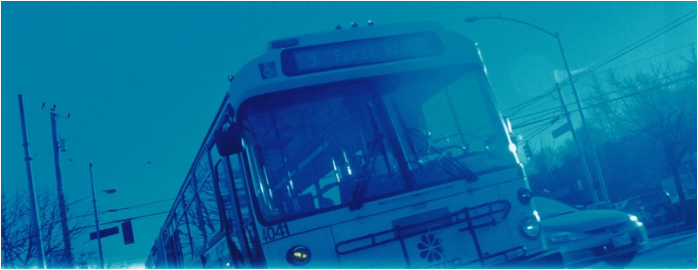
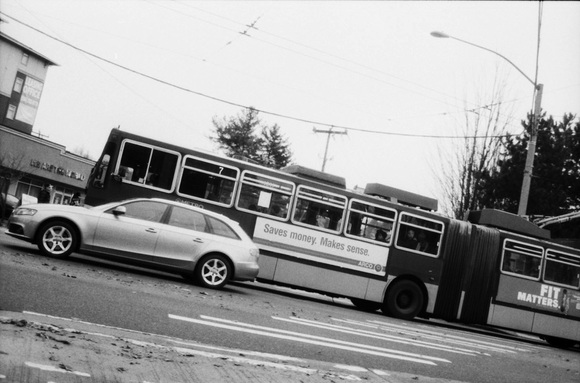
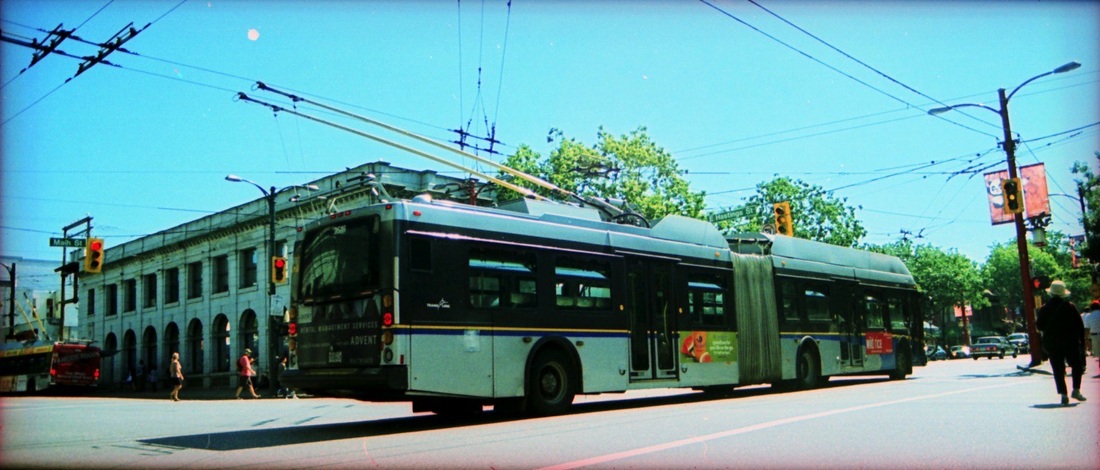
 RSS Feed
RSS Feed
